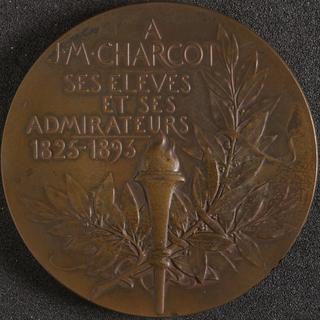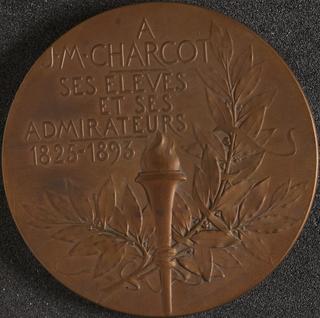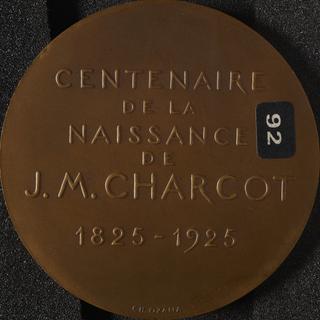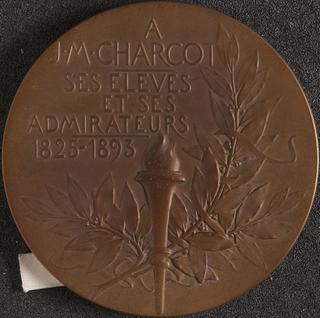
Jean Martin Charcot 1825 - 1893
- occupation:
- Neurologist, Professor
- Nationality:
- French
- born in:
- Paris, Ville de Paris, Île-de-France, France
Jean-Martin Charcot was the most influential neurologist of the 1800s. He identified neurological disorders with such precision that many of his diagnoses are still recognised by physicians. These include multiple sclerosis, amyotrophic lateral sclerosis (later called Lou Gehrig’s disease) and Parkinson’s disease. His reputation was tarnished when he used the same approach to investigate 'hysteria'.
Charcot spent his career in Paris. He worked at the medical school of the University of Paris, and later was at Salpêtrière, a mental hospital for women. Philippe Pinel did his most important work there in the early 1800s. Pinel monitored his patients’ disordered speech and behaviour, looking for ways to connect with them. Charcot approached patients as if they were pathological specimens, to be observed and measured with an expert’s objective eye. He pioneered the art and science of medical photography, even describing himself as a camera. His method combined clinical observation and postmortem dissection, and his experience and intuition helped him accurately link sets of symptoms to tissue damage in specific parts of the nervous system.
Charcot investigated hysteria using controversial techniques such as hypnosis and magnets. He argued extreme susceptibility to hypnosis was an early symptom of hysteria. He also proposed hysteria was an inherited nerve disease, linked to degeneration, and that it was found in both women and men. Charcot explained the spasms and outbursts patients displayed under hypnosis were features of hysteria. Critics argued they testified to the power of suggestion (and the power of Charcot’s personality). Sigmund Freud studied briefly with Charcot, but he later rejected Charcot’s use of hypnosis and his idea that hysteria was rooted in weak nerves. However, Freud always acknowledged Charcot’s influence and his unparalleled diagnostic eye.



